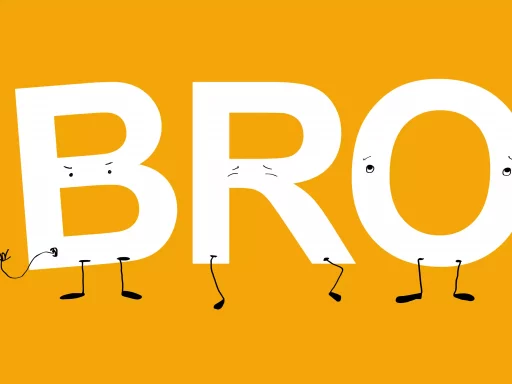Understanding the Slang Term Dank
When browsing through social media or engaging in casual conversations with friends, you may have come across the word “dank” being used in various contexts. It is a term that has gained popularity in slang language in recent years, especially among younger generations. So, what exactly does “dank” mean in slang?
Origins and Evolution of the Term
The term “dank” originally derived from the world of marijuana culture. In this context, “dank” referred to high-quality, potent cannabis that possessed a strong and distinctive aroma. However, over time, the term has transcended its initial association with marijuana and has taken on a broader meaning in slang.
Modern Usage and Interpretations
Today, when someone describes something as “dank” in slang, they are typically referring to something that is exceptionally good, cool, or impressive. It is often used to express a high level of approval or admiration for a particular object, person, or situation. The term can also convey a sense of authenticity, uniqueness, or originality.
Examples of Using Dank in Everyday Language
To better understand how the term is used in practice, consider the following examples:
- “That new streetwear brand is so dank – I love their designs!”
- “Have you seen the latest episode of that TV show? It’s seriously dank.”
- “My friend’s homemade cookies are the dankest – you have to try them!”
Interpreting Context and Tone
It is essential to consider the context and tone in which the term “dank” is used. While it is generally a positive descriptor, the exact connotations can vary based on the speaker’s intonation, facial expressions, and body language. In some cases, “dank” may also be used humorously or ironically to emphasize something that is overwhelmingly unimpressive or unappealing.
Impact on Pop Culture and Media
The use of “dank” in slang has permeated pop culture, social media, and online platforms. Memes, viral videos, and internet trends often incorporate the term to create humorous or relatable content that resonates with a wide audience. As a result, “dank” has become an integral part of contemporary digital communication and serves as a means of connecting individuals through shared experiences and references.
Conclusion
In conclusion, the slang term “dank” has evolved from its roots in marijuana culture to become a versatile and popular descriptor in modern language. Its positive connotations of quality, excellence, and authenticity make it a valuable addition to informal communication styles. By understanding the nuances of how “dank” is used and interpreted, individuals can navigate social interactions with greater insight and appreciation for the evolving dynamics of language and expression.






